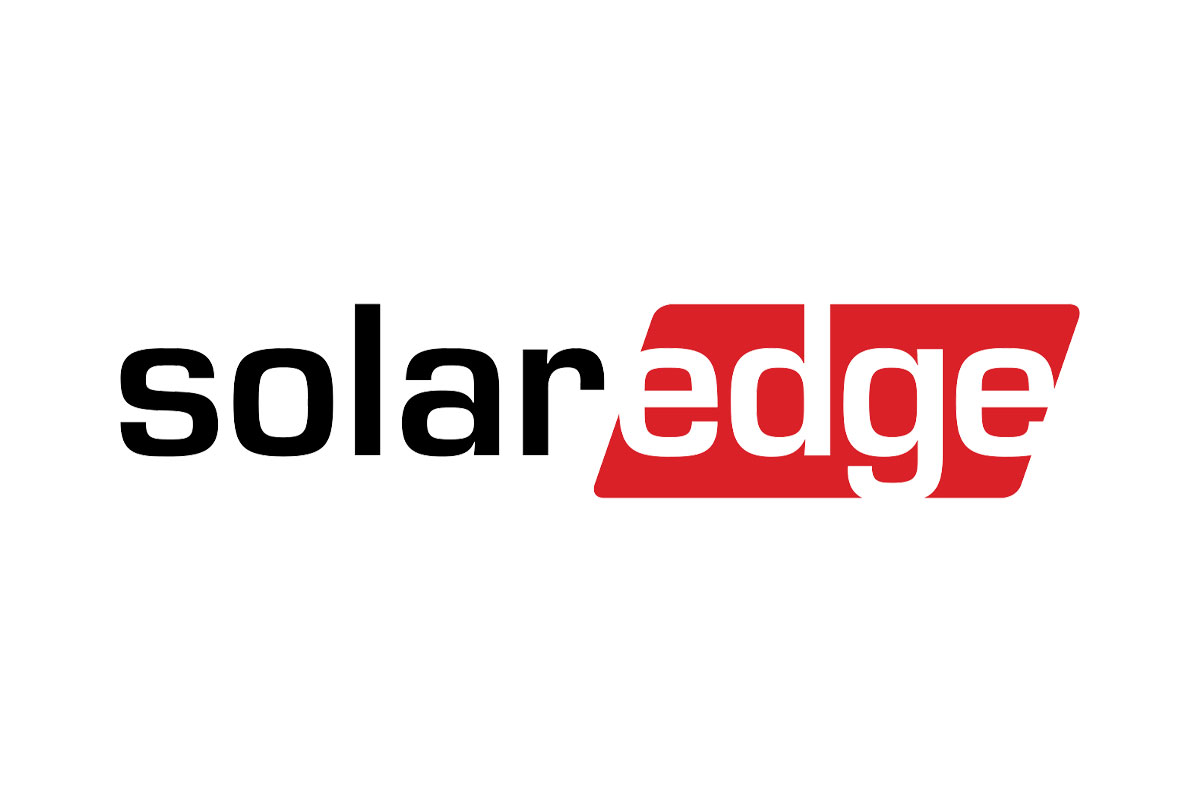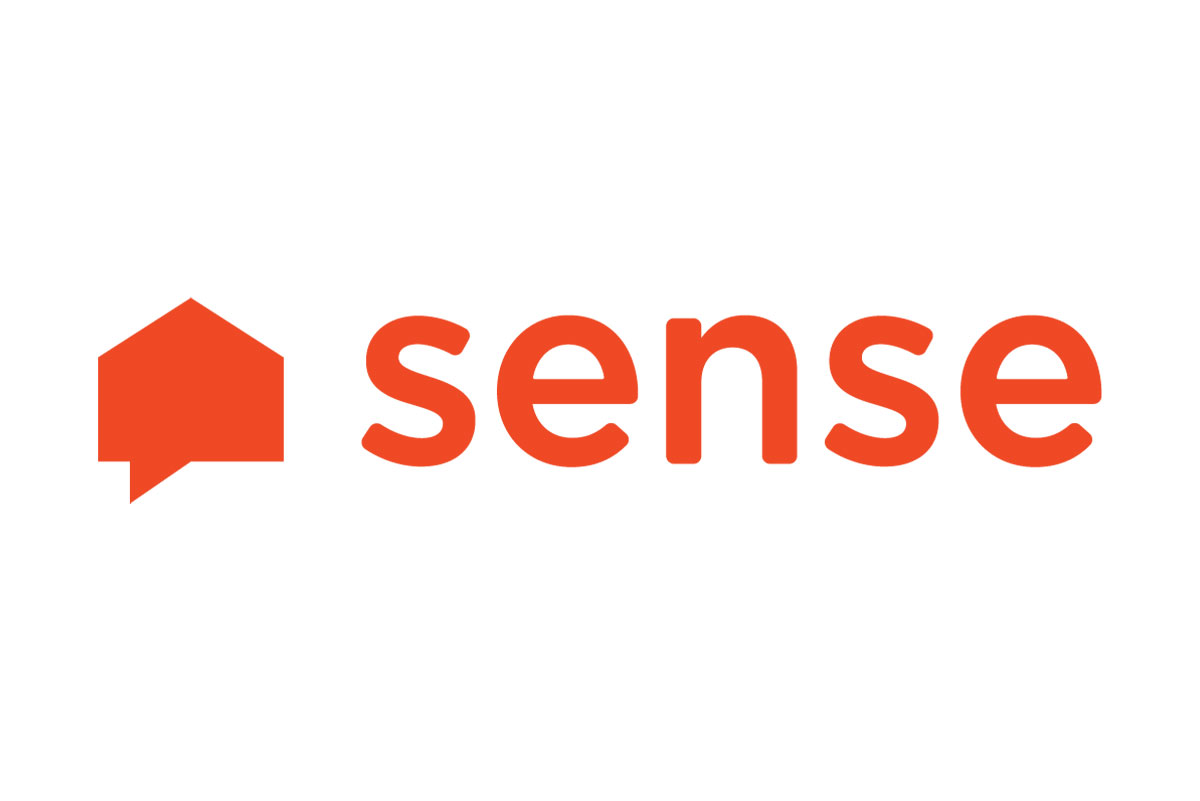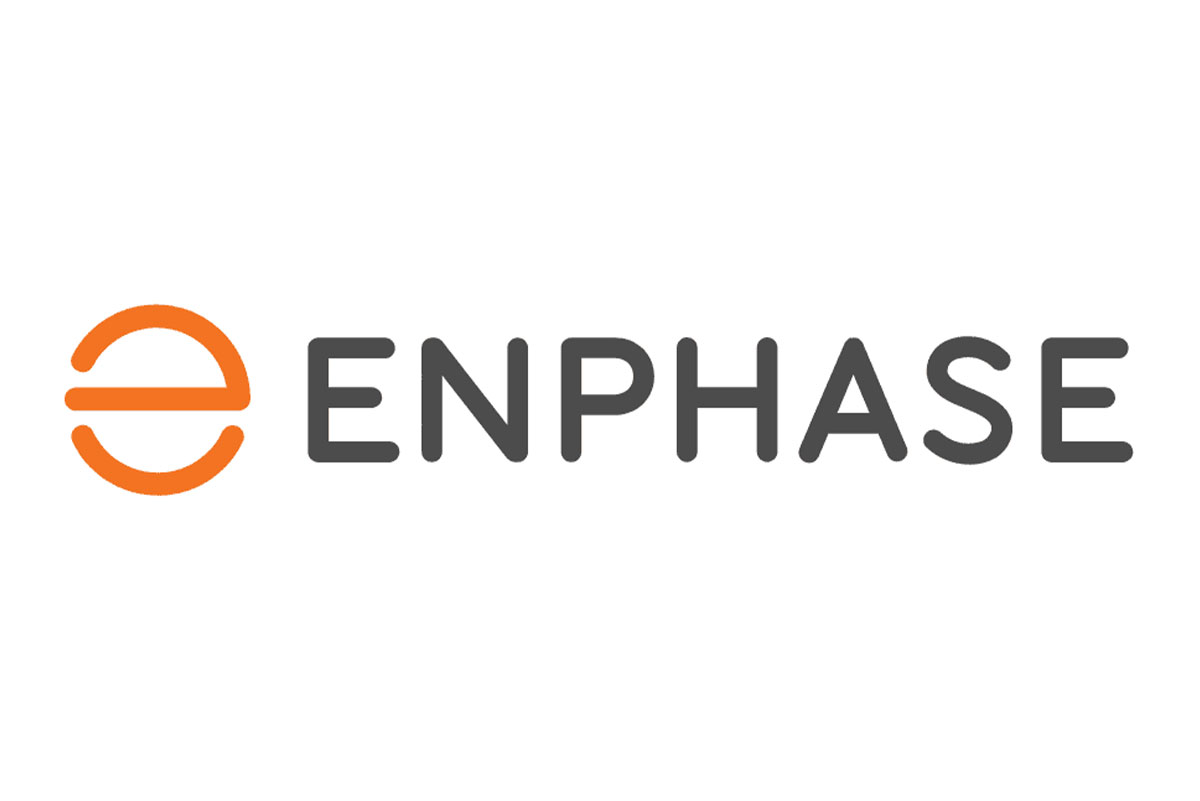Table of Contents
- 1
- 2
- 3
- 4
- 5
- 6
- 7
Solar Monitoring Systems: A 2025 Guide
A solar monitoring system helps you to keep an eye on your solar PV system to ensure that it is working at full capacity for 25 – 30 years.
Solar monitoring systems allow you to track the energy output of your home solar panels and provide an array of useful insights.
Key Takeaways
- 1Solar Monitoring Systems monitor the performance and health of solar panels.
- 2Data is gathered from the inverter and displayed via an app or web portal.
- 3A monitoring system can control solar batteries and other connected devices.
What is a solar monitoring system
A solar monitoring system is an application that allows users to see how their solar panels and other devices are performing. The point of having such a monitoring system is for performance optimisation and troubleshooting of any issues as they develop.
A solar monitoring system actually has two functions: monitoring the performance and well-being of the solar PV system, and providing the ability to control it remotely.
It can provide data such as the energy production of your solar panels at any given time, your energy consumption, and the health of your solar panels or battery storage system.
Many platforms will also provide detailed information about energy consumption in the home, and electricity being exported from your solar system to the grid.
How does a solar monitoring system work?
There are two elements to any solar monitoring system: the hardware, which gathers data, and the software platform, which provides a visualisation of that data.
- 1Data Sensors:The primary source of information for a solar monitoring system is the solar inverter. This can collect data from the solar panel array, and any other devices on the same system.
- 2User Platform: This will be an app or web portal which provides users with a hub from which they can monitor and control the solar PV system.
What can a solar monitoring system measure?
A solar monitoring system is capable of measuring a wide range of data related to the use of electricity in your home.
PV Production: The amount of energy produced by your solar panels. This is measured both in real-time and over longer periods.
Household Electricity Usage: The amount of electricity being used in your home at any given time.
Power Flows: How power from your solar panels is being directed. Either to use immediately, sent to other devices, or exported to the grid.
Grid Imports: The amount of electricity being imported from the grid to make up any shortfall in solar energy.
System Health: Any errors that have occurred in your solar panels or other devices connected to the system.
What information will a solar monitoring system display?
A solar monitoring system may be able to display some or all of the following information, depending on what brand you are using.
- Real-Time Data: Real time information on how electricity is being used in your home.
- Historical Data: Charts and graphs showing solar power output or electricity usage over longer periods of time.
- Savings: How much you have saved by reducing electricity imports from the grid, or by exporting solar electricity.
- Device Status: The status of connected devices, such as a solar battery or power diverter, and what they are doing now.
What devices can be connected to a solar monitoring system?
A solar monitoring system is a whole package solution. It can monitor and control multiple devices from a single platform.
- 1Solar Panels: The solar PV panels that are at the core of the system.
- 2Inverter: Whether a single grid-tied or hybrid inverter, or multiple microinverters, this is the primary source of data for the system.
- 3Solar Battery: A battery storage system for any excess solar power generated by the PV panels.
- 4Power Diverter: Power diverters use surplus solar energy to produce hot water using the immersion.
- 5EV Chargers: Possible if you have a home charger for an electric vehicle which can work with solar energy.
Some monitoring systems may be better at connecting multiple devices than others. Many brands, such as Huawei or Sigenergy, design their system to work with a closed ecosystem of devices.
Those monitoring systems can make it easier to integrate a wide array of devices as long as they are all from the same manufacturer.
The Importance of Monitoring Your Solar PV System
A solar monitoring system is essential for getting the most out of your solar panels and ensuring that they are in good working condition for their lifespan.
For a completely free system, these two functions can save you a great deal of money in extra earnings and avoided repairs.
Optimising the Performance of Your Solar Panels
There are multiple ways in which a solar monitoring system can help you to get the most out of your home solar PV system. These can include changing your own habits, or making use of different devices connected to the system at the correct time.
A solar monitoring system can tell you when your solar panels are most productive. They can also indicate when you are using the most electricity in your home. These insights can help you change your habits to match supply and demand.
If a monitoring system lets you input time of use electricity tariffs, then it can tell you when it is best to maximise self-consumption, export power to the grid, or utilise battery storage.
At different times of the year, you might use more or less electricity in the evenings. Your heating and hot water demand can also change. A monitoring system can let you seamlessly switch between different priorities based on historical data.
Detecting Faults in Your Solar PV System
The solar monitoring system is the first line of defence in detecting small issues before they become major problems. Typically, you will only need to have your solar panels inspected every two years or so. This can leave a lot of time for minor performance issues to get worse.
A monitoring system can allow you to see issues that may be indicative of a larger problem, and get them addressed quickly.
Performance Drop: The output of your solar PV panels, battery capacity, and EV charger speed; these are all key performance indicators that can be a sign of serious issues if they drop off without explanation.
Alarm Settings: Solar monitoring systems may come with preset alarms or give you the ability to set your own. These can be used to detect and troubleshoot errors as they occur.
Other Popular Solar Panel Monitoring Systems
The solar monitoring system is the first line of defence in detecting small issues before they become major problems. Typically, you will only need to have your solar panels inspected every two years or so. This can leave a lot of time for minor performance issues to get worse.
A monitoring system can allow you to see issues that may be indicative of a larger problem, and get them addressed quickly.

SolarEdge
SolarEdge systems are a highly popular brand in Ireland and globally, allowing users to monitor each module in a solar array. Their app can track the energy produced, your self consumption, and grid exports. Their products are also popular for the SolarEdge power optimizer fitted to each solar panel in the entire fleet, ensuring that each is working at its maximum output.

Panasonic
Panasonic are well known manufacturers both solar panels and battery systems, and as result have their own dedicated SmartBox to monitor energy consumption, production, and battery controls. It also allows for a seamless switch to backup power in the event of a blackout if you have dedicated circuits installed.

Sense Energy Monitor
Notable for its easy installation and extremely minute information. The Sense monitor can not only integrate with your solar panels, but provide extremely detailed information on what devices and systems in your house are using the most power. Along with breaking down usage by day, week, or month, this helps users see how to save money.

SMA Energy App
The SMA Energy App monitors solar power production across each module in your system, along with electricity consumption. With this, and by providing forecasts of future production, it provides users with recommendations to optimize their power usage and save on electricity.

Enphase
Enphase microinverters send data from each solar panel to their cloud based monitoring platform, where it can be monitored either through their app or web portal. Popular for their clean easy to read graphs or real time and historical data, which can be combined in multiple ways. The Enphase inverters also monitor the health of your solar panels, and provide troubleshooting for maintenance.
Frequently Asked Questions
A monitoring system can save you money by helping you to synchronise your electricity usage with solar power production. It can also recommend the best usage for batteries and other devices.
Some solar monitoring systems are designed to work primarily with a closed ecosystem of devices. Others have better compatibility with a broad range of brands.
Get Free Solar Quotes Today
Find a local recommended solar panel installer in your area, and get your free quote today. It’s 100% cost and commitment free.


